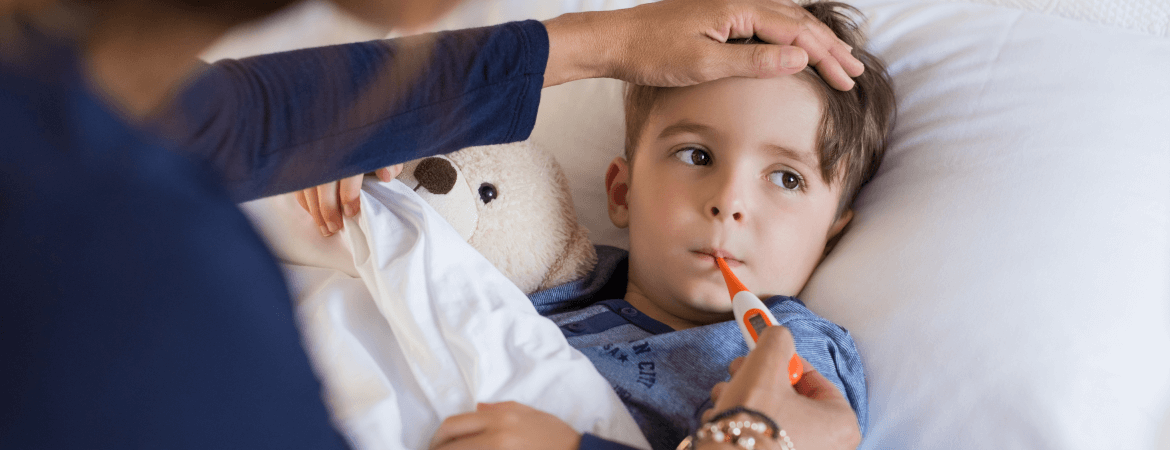
5 physical symptoms never to ignore in children
An oft-heard wisdom from experienced parents is, “Always worry when your child is too quiet.” It usually means they’re up to some mischief and you may investigate only to discover they’ve drawn all over the curtains or created a foam party in the lounge with the shampoo.
Luckily, in most cases, this is the worst of it. However, we need to talk about the rare cases where you should never ignore physical symptoms that could lead to harmful circumstances.
A high fever
When your child is burning up (anything above 38°C is a high fever), don’t ignore the problem and wait for it to go away. A child’s normal body temperature is between 36-38°C, so when it’s higher than that, it means that your child is battling an illness or infection. If there’s a rash, vomiting and difficulty breathing, get your child to the doctor as soon as possible. Not all fevers are dangerous, and a fever in itself is not a disease but rather a symptom of an underlying condition.
Rash
Children are curious characters and as they grow, will explore more, leading to a few bumps and scrapes along the way. If you spot an unexplained rash, however, get it checked out sooner rather than later. If it presents with a fever, headache or joint pain – all the more reason to go to the doctor immediately. It may be a sign of an underlying infection or other serious condition.
Severe abdominal pains
Sometimes, it’s more than just a tummy ache from too much ice-cream. Childhood appendicitis is fairly common, and the symptoms can vary based on age. Younger children typically complain of persistent abdominal pain. If it’s worsening and becomes sharp in the lower right region, it could be appendicitis. Untreated appendicitis can lead to shock, pale skin, rapid breathing and cold, clammy hands. Your child may need emergency appendix removal so never ignore these symptoms.
Rapid breathing/difficulty breathing
Choking hazards are common when children are growing up and exploring. They find something on the floor and may pop it in their mouth, quickly leading to choking and coughing, and a bluish face. If this happens, get help immediately and administer first aid. Children are also prone to airway infections, which can cause wheezing. In young children, this is usually not dangerous and sounds like a high-pitched whistle when breathing. However, if your child has heavy and rapid breathing, a fever, and looks very ill, this may be a sign of pneumonia. Get medical help immediately.
Disclaimer
This article is for informational purposes only. Always check with your doctor or medical practitioner about any health concerns, before embarking on any fitness or nutrition programme, or using any medication.
